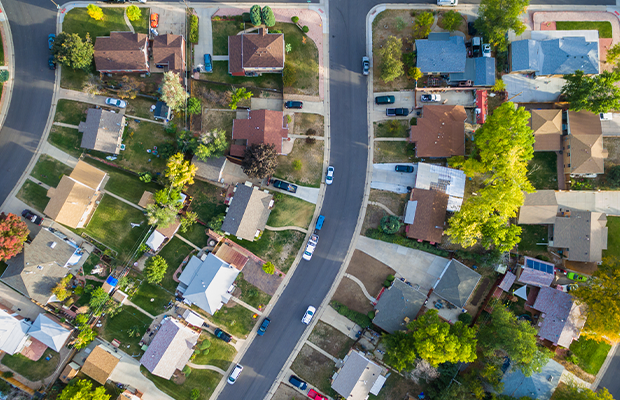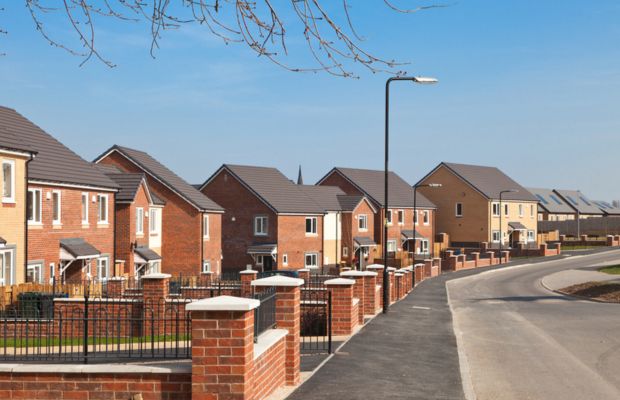When looking for your new home, its easy to become fixated on the physical features of the property. How many bedrooms does it have? What does the kitchen look like? Etc. However, you’re not just buying a house, you’re also buying into the neighbourhood. So, it’s important to do your research before taking the plunge and buying a home.
We’ve compiled a list of top tips to help you properly research a neighbourhood before buying.
1. Take a look at the property online before going to view them in person.
Because of the pandemic, developers and estate agents have increased their online presence in the past two years, making it possible to learn a lot about a potential new home, including thorough descriptions and neighbourhood information. Look at local social media groups to see if any issues are being discussed frequently.
Check Google Maps to see whether nearby companies are increasing traffic in the region. You may also discover local pubs or restaurants that you weren’t aware of, as well as to gain a greater understanding of the area’s green space. Check out our local amenities pages, which include all the information you need about an area, which can give you a better understanding of the place you are looking to buy in.
2. Research property value trends.
Knowing whether property values are increasing, dropping or stable in your new possible area, even street by street, can provide you with ideas of whether you’re making a good long-term investment and give you a sense of the area’s development history. Contact our expert local agents for advice and help with finding out more about an area.
3. Enquire about future planning.
Enquire with your local Martin & Co estate agent about the possibility of future projects and developments in the local area, as well as the local council’s area plan. A large-scale development planned near your possible home can have an impact on property values, traffic, and pollution. Similarly, the advantages of additional transportation links can work in your favour over time.
4. Take a walk around the area and take it all in.
Taking several walks around the neighbourhood can help you notice things that you wouldn’t normally notice when driving around. Visit a business or café, which will give you a sense of the local atmosphere.
Another way to get a feel for the place is to take a walk at various times of the day. Do you feel comfortable, especially late at night? Is the neighbourhood too crowded or too quiet, or does it feel right?
5. Talk to the people who live in the area
One of the best ways to learn about an area us to ask people who live there. If you have friends or family who live in the area, ask them what they like and dislike about, and whether they would recommend living there. Or, if you don’t know anyone in the neighbourhood, try using an app like Nextdoor or a public Facebook group to connect with local residents.
6. Test run your commute
Your daily commute can have a big impact on your overall quality of life. While a Google Maps search can show you what your route will look like and how long it will take, a much better alternative is to test drive your commute, whether by vehicle, bike, foot, or public transport. Better yet, conduct your test during a time when you’ll be travelling to or from work to get a better idea of how long it will really take.
Pay attention to things like amenities along the way and whether you’ll have to travel through areas that slow you down, such as school zones or streets with a lot of traffic lights, in addition to evaluating whether it’s a commute you’d be comfortable doing during the week.
Looking to move? Contact our expert local agents to find out more.




